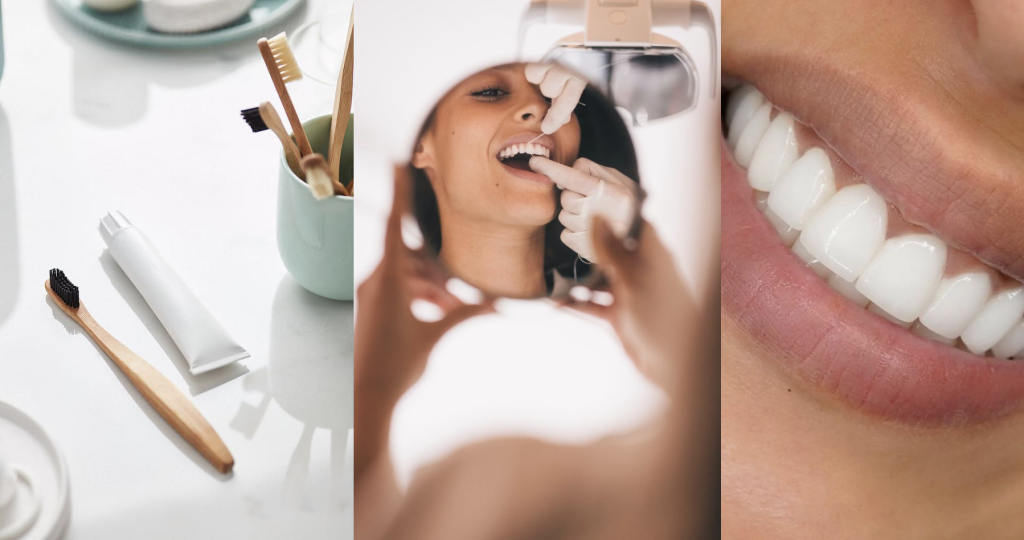Cosmetic Dentist & Founder of Marylebone Smile Clinic, Dr Sahil Patel reveals the surprising changes to our teeth as we age.
According to Sahil, over crowding, yellowing and thinning enamel are just some of the changes in our teeth we should expect.
20s
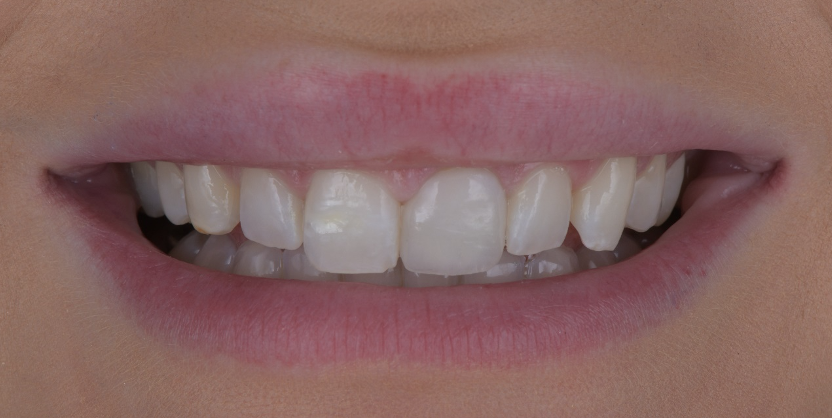
Three key moments to keep in mind:
Completion of the growth phase of the face and particularly the lower jaw. This can cause some lower incisor crowding in your 20s. It creates a cosmetic issue of crooked teeth and increases the speed at which teeth are worn down. Adult orthodontics such as Invisalign is popular partly for this late growth that completes at age 21.
Wisdom teeth begin to come through, which can be uncomfortable and in m any cases require removal. Keeping these back teeth clean is a challenge and there is a continuous debate amongst dentists as to how to decide if they should be removed.
Thirdly, people usually have more independence in this time, and begin to consider elective cosmetic treatments to improve their teeth. Although the common first steps are whitening, composite bonding and alignment orthodontics, do careful research and do not jump into anything in a rush.
30s
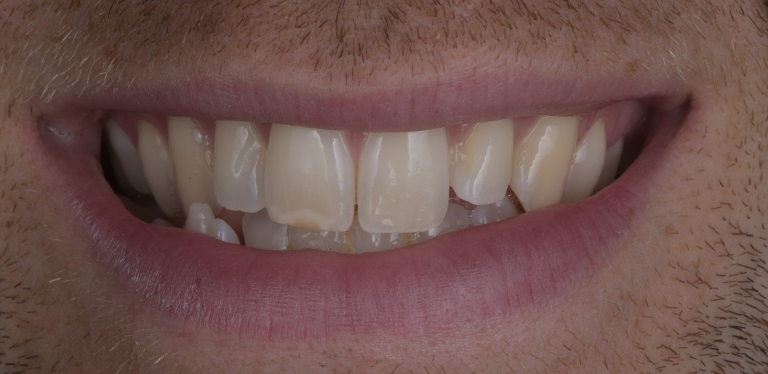
Many couples are having children later in their 30s, and this compounded with increased stress in this stage of life can cause night or day time grinding. This accelerates tooth wear and can create small, flat and square teeth. Pregnancy related gum issues combined with this makes your 30s a potentially damaging time for your teeth and smile.
You can expect the teeth to continue to drift slowly in this decade, which exacerbates teeth crowding. Many 30-something year olds are fit and healthy and do not attend their dentists’ appointments as much as they should, partly due to the hectic work/life calendars we have. There is evidence that men seek dental treatment less frequently than women and have comparatively worse oral health outcomes as a result.
40s
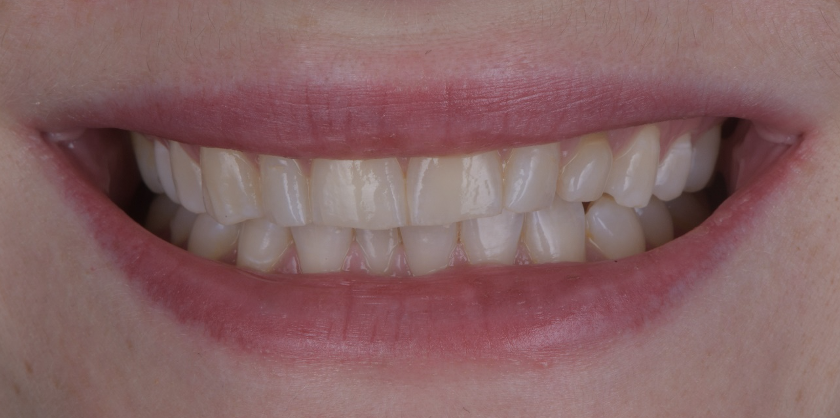
At middle age, you can expect to show less of your front teeth, and a little more of your lower teeth when you speak/smile. This is due to two factors; the natural and/or accelerated wear of the edges of teeth, and the weakening of the collagen in our lips as we age, dropping them lower down on our face.
Accumulated stresses on teeth/fillings often come to breaking point in this decade! Our bodies are deteriorating physically from the mid-20s, and most of our ancestors did not survive past 50. Tooth tissue is hard enough to last a lifetime beyond nature’s intention, but it requires the input and care from a healthcare professional. Given no intervention in our 40s, we can expect chipping, loosening of the ligament supporting the tooth, gum recession and yellowing of the colour.
The most common interceptive treatments are ceramics to replace lost structure, strengthen the remaining tissue and rebuild natural aesthetics, or in some cases create a more youthful smile.
50s
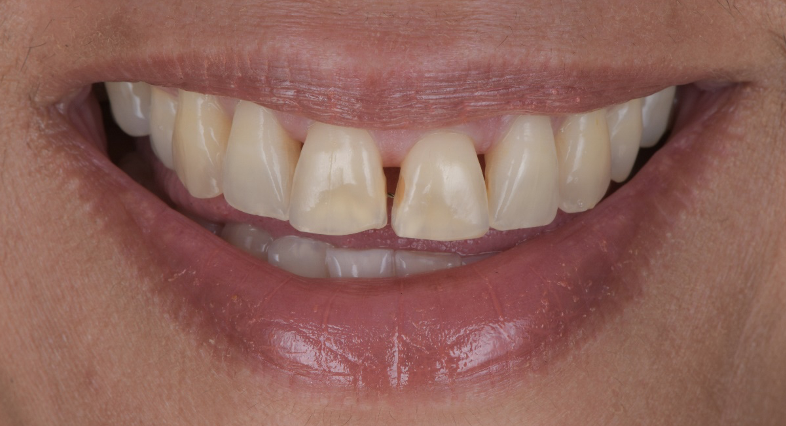
The gradual yellowing of teeth accelerates in this decade, due to internal pigments from food/drink/lifestyle habits penetrating deeper into the tooth and the nerve retreating from the tooth itself. Expect the edges of your teeth become squarer and smaller, with crooked teeth becoming commonplace in this decade.
Very few patients wear retainers or braces in their 50s and whilst the perception of braces is changing, crowded and yellow teeth that bear the damage from many decades in use is to be anticipated. Improving the colour of teeth at this age is challenging due to the thinning enamel, so ceramics and implants are the most popular treatments.
60s
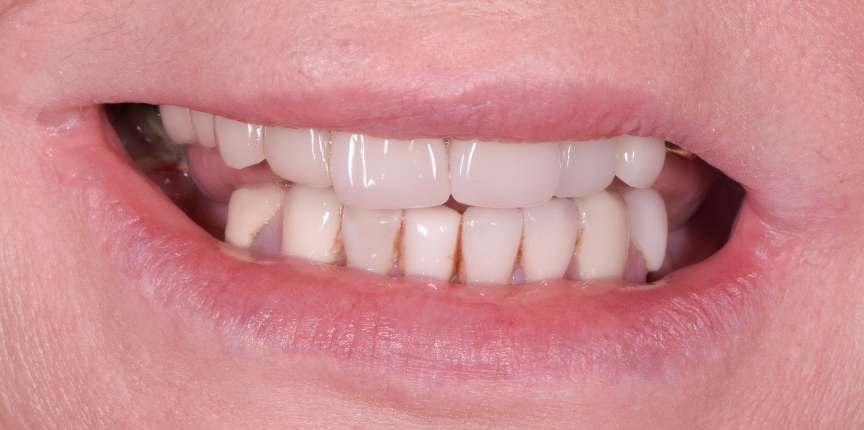
At the interface between middle and advanced age, your 60s may involve loosing teeth or requiring significant dental work to maintain the teeth at their original shape and functionality. Many may not seek dental treatment at this stage in favour of ‘aging gracefully’, but there are very few people who will survive to 60 without some significant dental work present or in need of maintenance.
Some younger Gen-Zs have declared they accept they will have dentures by the time they are in advanced age. The disadvantage with this acceptance ahead of time is dentures are proven to reduce the quality of life and is correlated with a reduced life expectancy.


